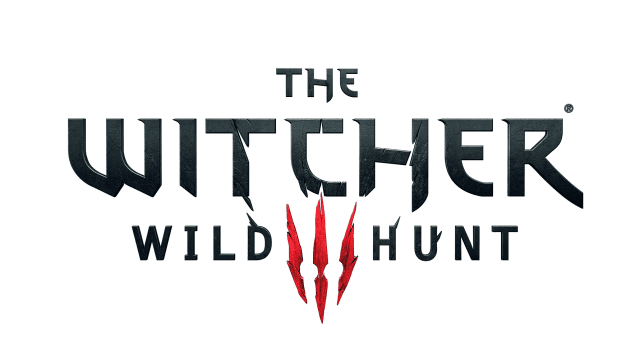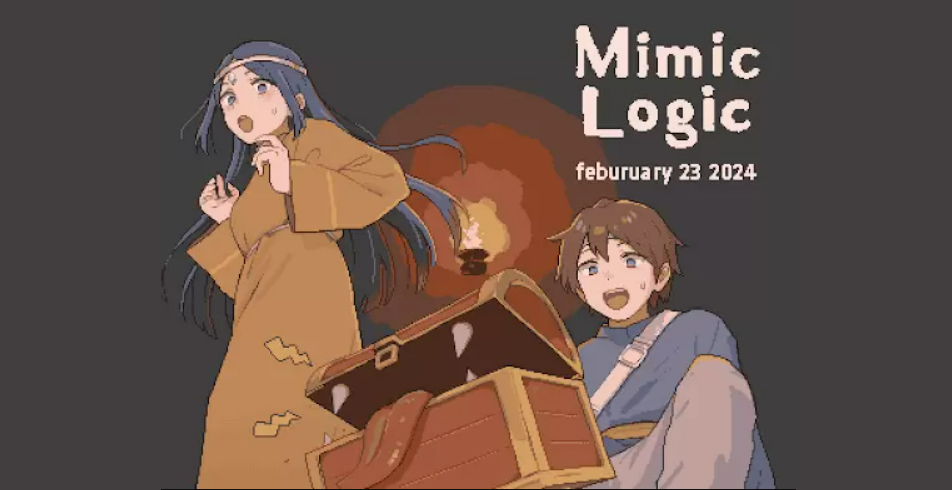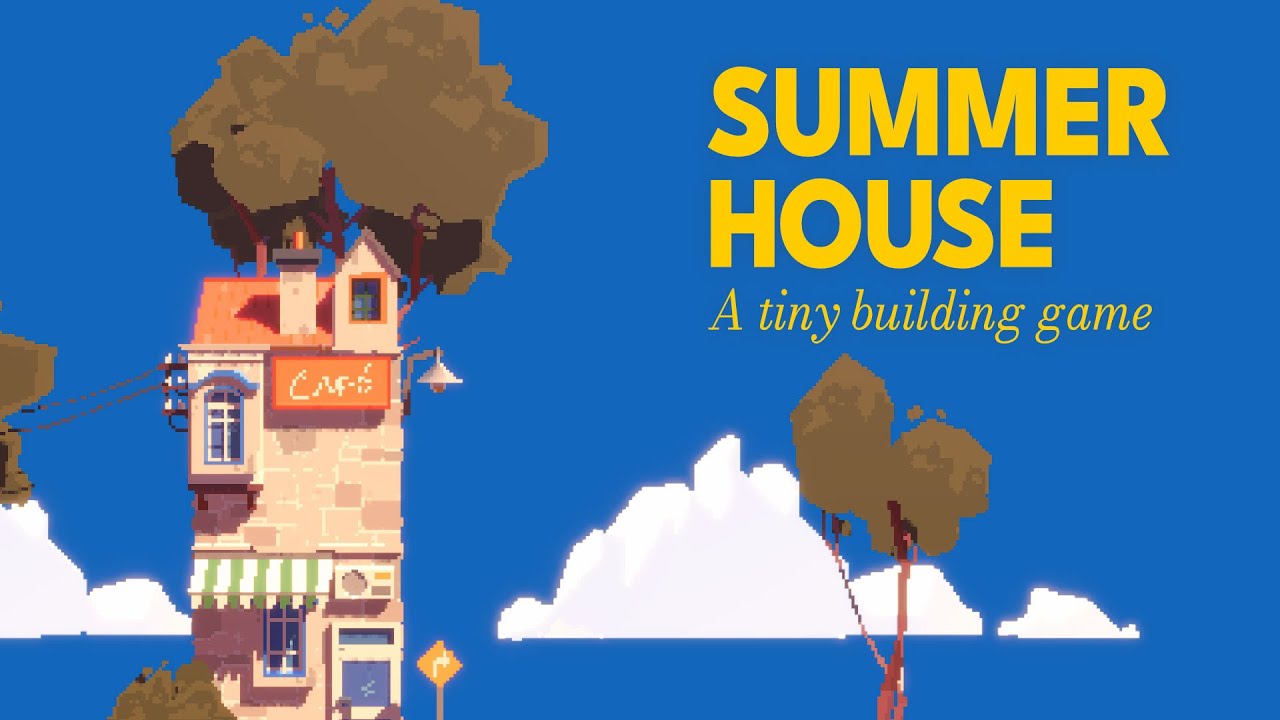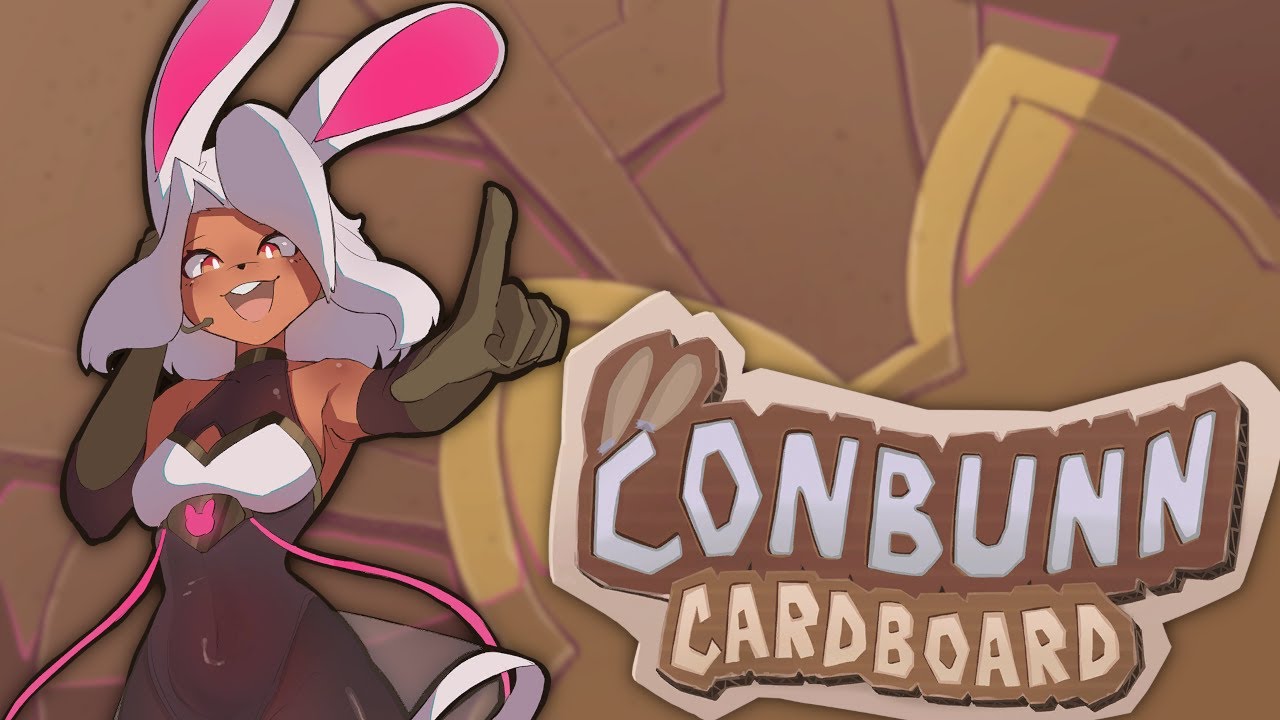The Witcher 3: Wild Hunt is the first game that finally justify this new generation of games; at least for me. I’m sure you’ve already seen the heaps of praise that publications have thrown at this game, and while I normally buck the trend in many respects, they are pretty spot on this time around. But if you are looking for the best possible Witcher 3 experience you’re going to want to grab the game on PC and skip on its console counterparts if you can. The Witcher 3 is available on lots of online stores, but we got our review copy through GoG.com, and being purely a Steam platform kind of player myself, I can say the GoG is doing some pretty nice things with its service, even having a much better store layout –in my opinion– than Steam has.
Before i get into the nitty-grity about the PC version of The Witcher 3, I have to make note that the Botchlings in the game are some of the most nightmare inducing things I’ve ever seen in a video game. The death of children, let alone dealing with miscarriages, are still more or less taboo when it comes to their depiction in video games. While I’m not for self-imposed limits, I do think that their addition here shows a step forward in the evolution of storytelling in video games. Yes, seeing them in-game can be difficult for many people, but the way they are incorporated within a minor story element really says a lot about the player in how each of us handle the quest, instead of just being a random throw-away element of the game.
Okay, so what makes The Witcher 3 a better experience on the PC over its console counterparts? The biggest thing that you’ll notice is that Geralt controls worlds better with a mouse and keyboard combination over the limits of a controller. You can always plus in a 360/One controller and play that way –I did so for a little bit–, but a controller will only limit you. The Witcher 3 was clearly intended to be played with a mouse/keyboard and then adapted to fit into the confines of a controller. Opening up the key-binding menu you’ll see so many options that you’ll wonder how someone on console could even have fun with the game. The way the combat works, a mouse and the precision it offers is a godsend, especially when dealing with groups of enemies. The game does offer up a lock-on system, something I depended on while using a 360 controller, but when I switched over to a mouse, the games combat really began to open up. While the lock-on system does work okay, it’s no comparison for being able to adjust your attacks on the fly and having a more “natural” combat experience. The game plays in a third-person perspective and is structurally along the lines of Skyrim –for those that haven’t played the first two Witcher games–, but not being limited by the FPS style really makes The Witcher 3 a much better experience in the fantasy genre.
As our white-haired hero Geralt, you’ll have some pretty impressive abilities at your disposal that can be upgraded as the game progresses. Geralt is equipped with two swords that are strapped to his back at all times; a steel and silver sword that each react differently to enemies. He also will be able to strap on a crossbow which can also up upgraded for long distance attacks and combos. Being an RPG, Geralt will have some magic to throw around as well. These innate magical abilities, of which there are five, are called Signs, and each distinct Sign can also be upgraded along the course of your adventure to your liking. There isn’t an endless amount of spells and weapons, but the game benefits from keeping a tighter control over the things you can use. I never quite cared for having 800 versions of the same weapon or potion with slight variations when one or two would suffice. What is really fun about all these spells and weapons is in how you use them during combat. Geralt isn’t some beefy brawler that hacks and slashes his way to victory, instead combat needs to be treated like an art-form if you want to get the most out of it. The combat is quite simple to pick up, but you are going to have to understand Geralt to win battles, especially when multiple enemies abound.
You’ll really need to approach every encounter with a defensive mindset. Unlike hack-and-slash games, The Witcher 3 more closely resembles the Dark Souls series with respects to combat. Yes, Geralt is a powerful Witcher, but he isn’t some godlike being. His animations need to be taken into account as you can’t break them at will. This means that understanding how he moves depending on your action is very important. This isn’t the kind of game that asks you to kill random ROUS’s to quickly gain levels, instead expecting you to learn the combat mechanics to better succeed at the challenges the game throws at you. Case in point: when I was slightly under the recommended level for a quest –the game gives you recommendation in the quest menu so you don’t get in over your head– I had a nightmare of a time beating two groups of witches. It was early in the game, so I was still more along the hack-and-slash style of play, but when I took a step back and spent some time learning Geralt’s mechanics, I found that the fight was now much easier.
Being on the PC, and if you have a capable rig, you’ll really be able to get a gorgeous looking game. Okay, so it’s not as pretty as the E3 footage we saw some years back, but doing this long enough I’ve learned to take everything I see at E3 with a huge bag of salt. Still, the first time I was wandering along the games vast world and saw my first sunset, I actually stopped playing to just take in its grandeur. It’s hard to find the words to describe just how great The Witch 3 can look, but know that you will be floored by what CD Projekt Red has put together if you have a rig good enough. The Witcher 3 puts really does put almost every western developed next generation game to shame with how great it looks and plays. This visual majesty really helps draw you into the game’s world like few other games have been able to do before. Skyrim –I’m going to mention that game a fair bit– was a fantastic game for the world it set, but it was never the best looking game on any platform. With the Witcher 3, we finally have a game that is equal parts solid game-play and great visuals.
Story-wise The Witcher 3 is an incredibly engaging experience, especially is you have played the first two games in the series. I am a fan of linear games –yes, I know what I just typed– in general, so when a large open world game comes along I tend to approach it with hesitation. It’s not because I hate the idea of open world, but I know that these kind of games are going to require an immense time commitment -something I don’t have an abundance of. To make things worse is that I have this weird “itch” that I have to finish a game before moving on to something new. You’ll be happy to know that The Witcher 3 is some of the most fun I’ve had with a story all year. Being as I am trying to get a review out in a reasonable amount of time, I intended to follow the main storyline, trying to only deviate from said path a few times to experience some side-quests. A problem quickly came up when I found myself being unable to say no to any of the games side-story bits. Instead of galloping through a town on my way to the main quest item, I stopped and willingly took on tasks for every Tom, Dick, and Harry that needed my help.
Save my child from so and so, cleanse an abandoned town from a ghost witch, find a special forge to unlock new armor, and so on. I started a simple play session at 9pm with the intention of completing a main mission or two within the hour, but after I finally got to the main task for the story, I looked at my clock and it was 3:30am. I had spent some six hours of just doing tasks and exploring my surrounding. I did lose my life a few times during my play session, but death never felt cheap or unwarranted. I’d either bite of more than I can chew, or just wasn’t leveled up enough to take out the games baddies. The Witcher 3 allows you to select a difficulty level –something that’s becoming more uncommon– that is suited to the kind of play experience you want. If you’re a sadist, then you can set the games difficulty to high, but if you just want to focus more of the games epic story, the easy difficulty will be right up your alley.
I mostly skipped The Witcher 2, but I did spend countless hours on the first one. This isn’t because part two was bad by any means, it’s just that I really disliked Geralt as a character. He always came off like a dick and gave off a vibe that was difficult to like/support. This time around his writing has been noticeably improved, and while it isn’t spectacular, — the game still falls back on many standard video game tropes– he is a much more likable character. In a world with such a heavy story there are lots of small moments that break up the tension and show bits of comedy that help deflate the situation, even if only for a brief moment. The story this time around sees Geralt on the hunt for the missing daughter of the emperor of Nilfgaard. Nilfgaard have taken control of most of the world that the Witcher 3 takes place in, but Geralt –and the player– are left not knowing their true intention. Things are pretty bad across the land, but you will be hearing from both sides of the fight, so everything is a bit muddy when it comes to good vs evil. If you played the previous games you’ll know have an idea of what’s going on, but if you are new, this grey story is really fun to experience. There are two sides in the fight with the weak vs the strong, and little room for a grey area between the two, but taking a side is where things get interested from a player standpoint as both sides make strong arguments.
Upon accepting this rescue mission, Geralt quickly learns that the missing daughter is none other than Ciri, a person that is very close to Geralt’s heart. She is a major portion of the opening scenes that the game uses as a sort of tutorial, and this helps build the connection between the two, for those that are new to The Witcher series in general. The mission quickly turns from a normal payday to something much more personal, as Ciri was raised and trained under Geralt and he sees her like his own daughter in many respects. While the mission to locate Ciri is the bulk of the first chuck of the outing, the game will become for epic in scope. Being and RPG, this means that The Witcher 3 falls back into a save the world shtick like so many others. Odds are that you won’t really care about saving the world unless you have played the first two games, but saving/protecting Ciri will really be your focus here, among other personal elements.
It’s all a lot of fun, but where things really shine is in the plethora of side-mission that you can partake in. CD Projekt Red have done something that you don’t normally see in most modern RPG games, with regards to secondary quests. Yes, you can go about doing just the main quest line, but diving into the secondary stuff is where most of the fun lies. These secondary missions are not only used to just help gain some levels, but offer up real consequences to the main story. Things you do in many side-story missions can have a direct effect on how the main quest plays out. People will remember what you have done, and to who, so you can expect this to bite you in the ass, or play to your advantage later in the game. Make the choice to slay some bandits that are annoying you in a tavern, and you may later find that they were aligned with a main quest character, making any task involving him/them all the more difficult. The developers have done a great job of blending the quests into each other, so even if you are taking care of something minor, you’ll have to think about the choices you make. The Witcher 3 has a solid story, but its magic really lies in all the secondary stuff that is going on in the world.
The Witcher 3: Wild Hunt is pretty fantastic, but it isn’t without some issues. As I sit here writing this, the developers have released another patch to address some annoying game issues. My main issues arose during the in-game cutscenes that precede every single encounter. They looked just fine, but for whatever reason the animations where always slightly behind the audio. The longer a cutscene was, the longer the gap got. Looking into the forums gave me a number of ways to fix the problem, like going into the games files and making changes, but for the average player messing about with files isn’t an option. People have also been knocking the game for performance issues, but everything seemed to run fine outside of some very minor game freezing that seems to only last a few seconds at most prior to the game being patched. The game even ran alright on my home computer that is pretty behind the times. My home desktop has an AMD Phenom 8650 Triple-Core processor, 5 GB of ram, and a Radeon HD 5700 graphics card, and while not quite what I’d recommend for playing The Witcher 3, it was more than enough to have an enjoyable experience when I wasn’t working on the gaming rig.
That being said, The Witcher 3 is a good measuring stick for what is yet to come this generation. It offers up a ton of fun and features a solid story with tons of secondary quests that impact what you see and do. CD Projekt Red really have something special here and those players that are looking for a grand adventure needn’t look elsewhere. One other thing that I have to note is that the game is huge. Not in scope, –although that too– but in content. The Witcher 3 base game has more content than many other AAA titles have including all their DLC combined. Pick this one up, you won’t be disappointed.










